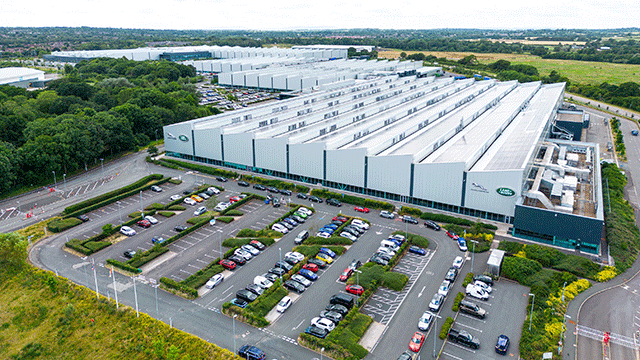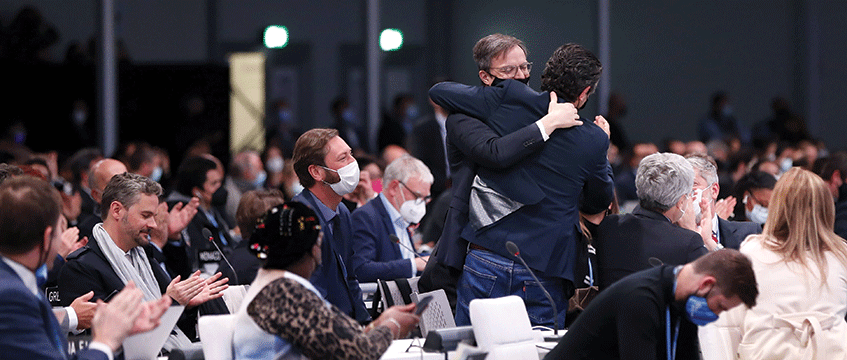“It’s not cyclical, it’s secular. It’s not temporary, it’s permanent.” That’s Michael Neal, European chief investment officer at Nuveen Real Estate, on the changes taking place in economies and markets as the world addresses the climate crisis.
To some extent, Neal was preaching to the converted – the converted being attendees at COP26 earlier this month. He was just one speaker on an all-star, multi-panel discussion organised by the Better Buildings Partnership and supported by the British Property Federation.
As BBP chief executive Sarah Ratcliffe put it, real estate “can and should play” a key role in the decarbonisation of the economy. And panellists from some of the best-known institutional investors face numerous “push” factors encouraging them to do so.
“We are investors of the built environment infrastructure, but ultimately it is about people,” said Shuen Chan, Legal & General Investment Management’s head of ESG for real assets. “So it is our fiduciary but also moral responsibility to ensure that the buildings we construct and manage are fit for the future. Ultimately, we serve the communities where our assets are based.”
Nonetheless, the ways in which the real estate industry – investors, asset operators and tenants – can achieve practical action can pose conundrums, and panellists tackled several of these.
The drive is there – Stephanie Hyde, JLL’s UK chief executive, sees a “real willingness to get things done” in the client base the agency works with – but the hard work can’t be ignored.
Financing the transition to net zero is a particular challenge, notes Neil Slater, global head of real assets at Abrdn, who helps to oversee $65bn of real estate investment internationally. But such institutional investors have been able to take advantage of a growing market for sustainability-linked financing and combine that with shifting strategies that prioritise ESG factors more than once might have been the case.
ESG is now “completely embedded” in the investment process, said Slater, adding that the drivers are business-related as well as moral. “If we sit here today and we decide that we are going to do nothing about decarbonisation – that we don’t care about the future of the built environment, we don’t care about how humans are living, we are just going to continue as is – that is going to destroy value and it is going to create performance issues for clients,” he said.
Collaboration was a common theme across the panellists’ discussions, not least when it came to the issue of allocating responsibility for emissions between occupiers and asset owners.
NatWest’s head of property specialist services Allan Wickham said the bank occupies some 1,000 buildings, including offices and branches. It owns just under half of those. In that position, he adds, tackling emissions in the industry has to be a collaboration.
“As an occupier, my direct emissions – scope 1 and 2 – are the scope 3 emissions of the owner,” he said. “My direct emissions will also depend on the services that are provided to me by the owner, whether that be the building or the electrical supply. So we are intertwined and there has to be a collaboration.”
Paul Dunne, managing director of group operations at SEGRO, said operational carbon from the industrial investor’s customer base is the toughest challenge when tracking and addressing the company’s scope 3 emissions. But, again, he sees a willingness to work together.
“Most of the [occupier] conversations are super positive and saying ‘What can you do as an owner-developer to help us hit our net-zero commitment?’,” he said. “So while we take absolute responsibility to hit that 2030 goal, most people are heading in the same direction, which I think is really positive for the for the sector.”
To send feedback, e-mail tim.burke@eg.co.uk or tweet @_tim_burke or @EGPropertyNews











